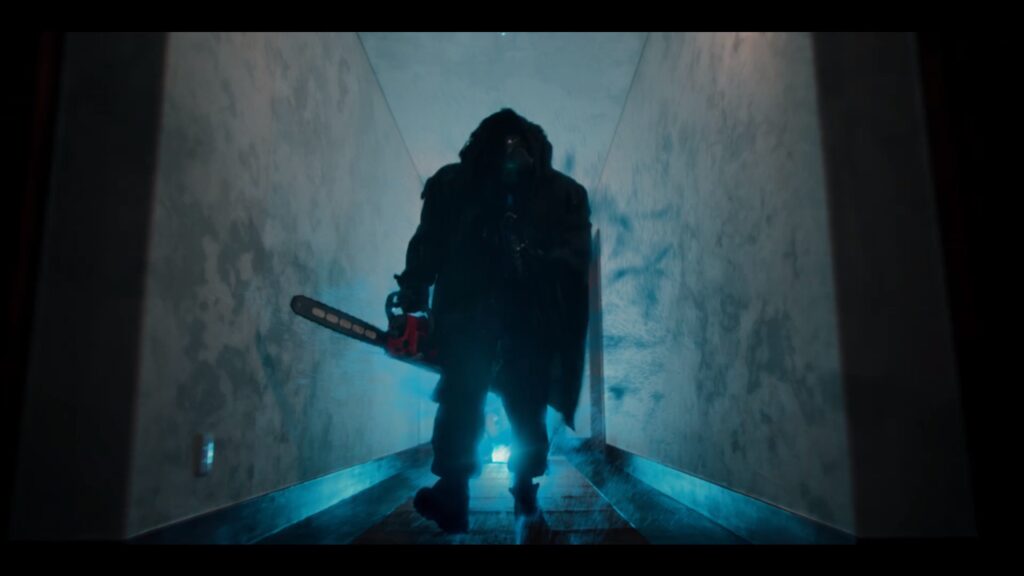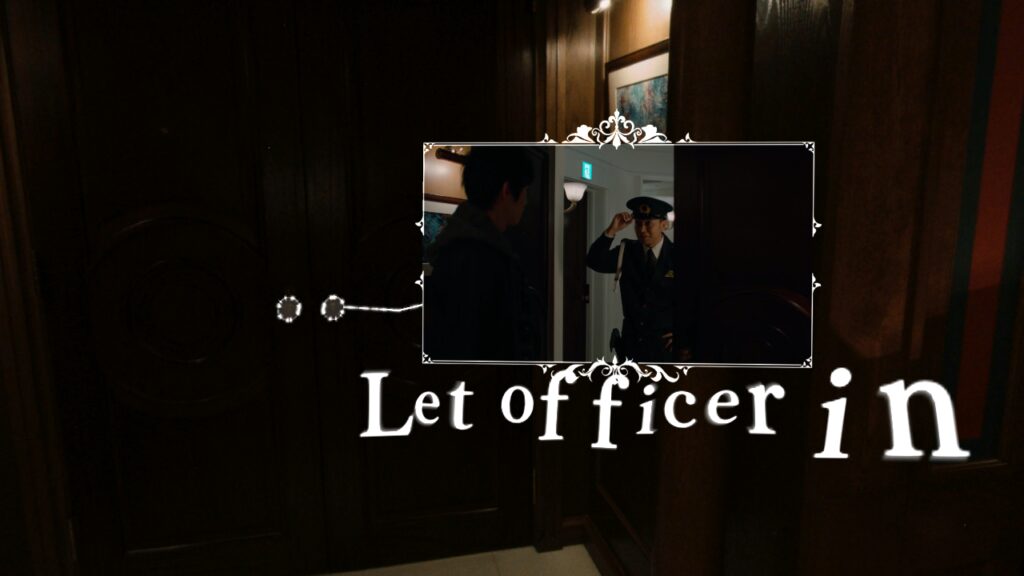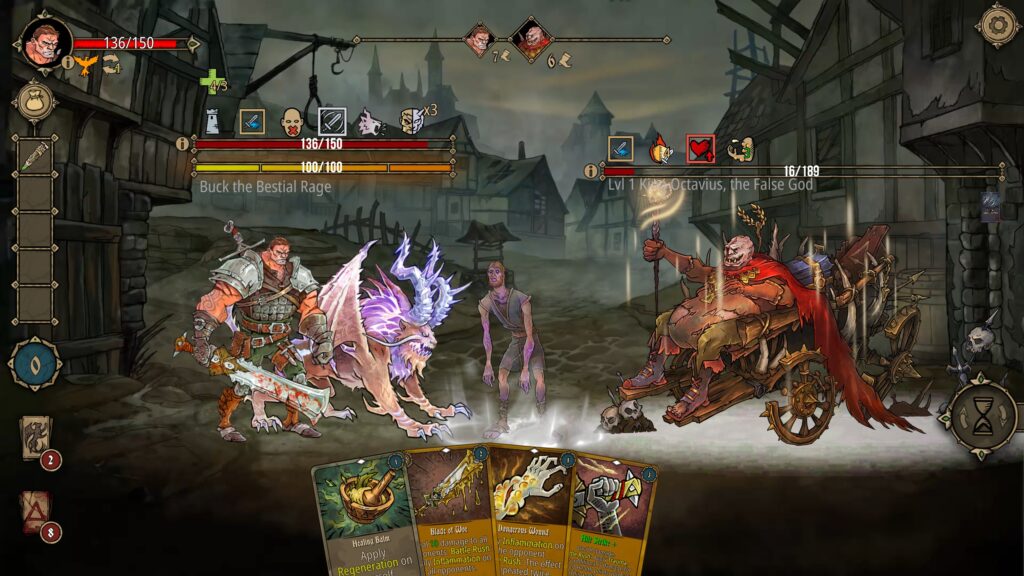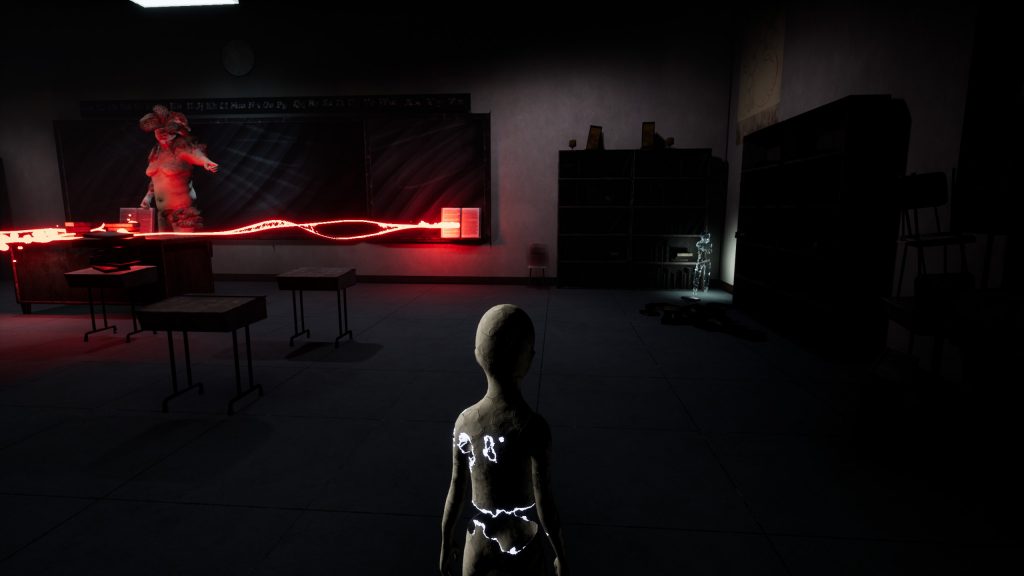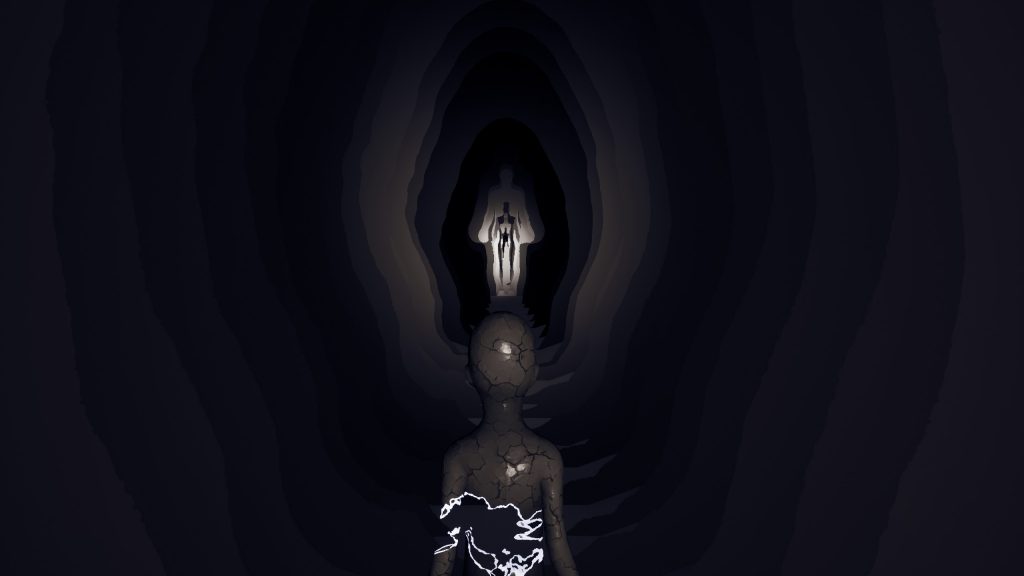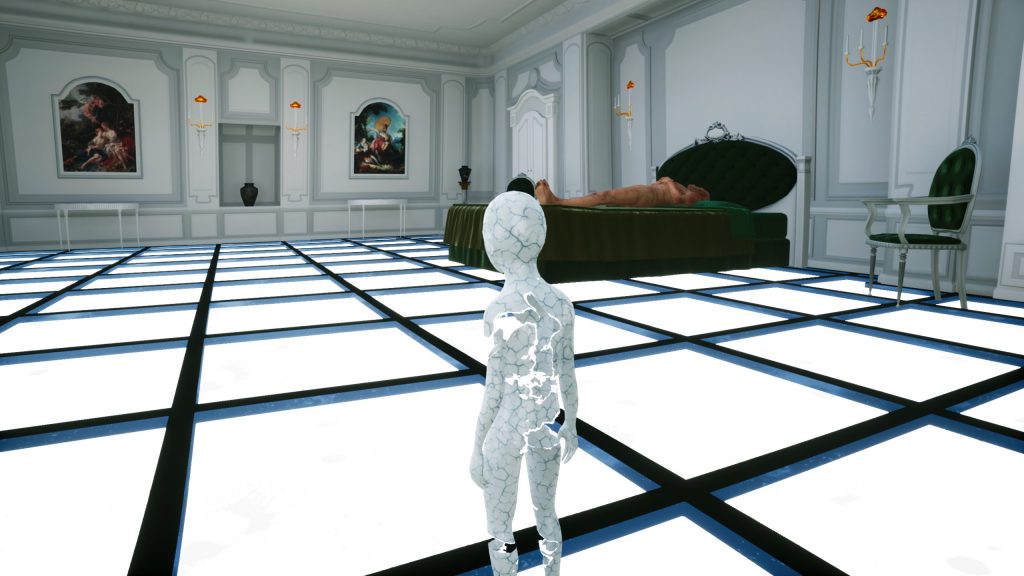Maid of Sker (Review)

Source: Review Copy
Price: £19.99
Where To Get It: Steam
The Maid of Sker (Y Ferch O’r Scer) is an old Welsh ballad, telling the tale of a love denied by class differences, a harper loving a maid, the maid being married off after the father denied the dalliance, and the maid dying of a broken heart. Or, in some versions of the tale, being locked in a tower, dying, and haunting the mansion forever more.
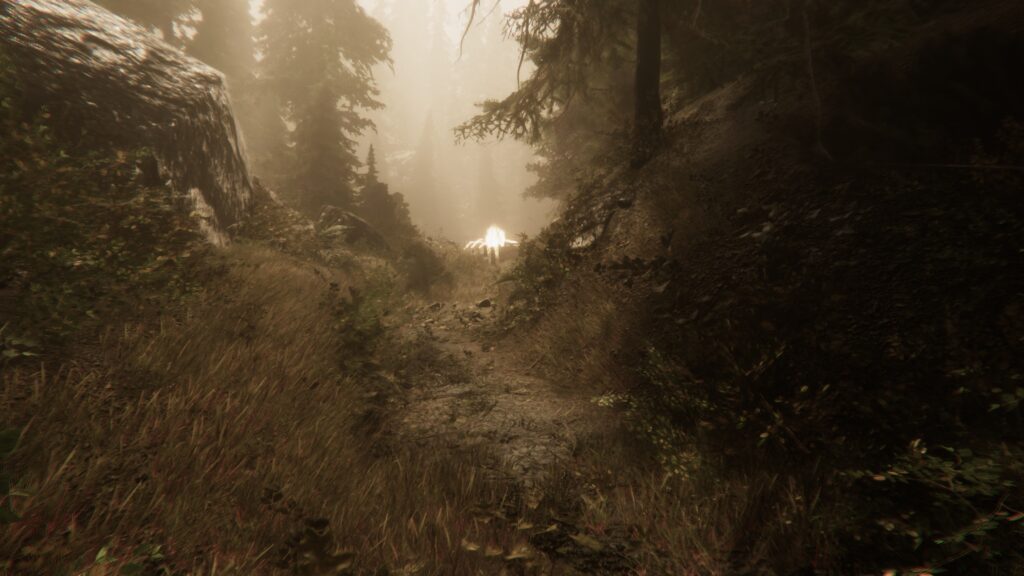
Okay, in at least one version, it turns out alright in the end. But it’s that second one that’s pertinent, as Wales Interactive have decided to take a stab at a first person survival horror, where the maid’s song, a song she was forced to sing, has corrupted the entire household into murderous, faceless mirrors. Or… Maybe it’s not as clear cut as that? Still, we’re here to look at the overall stuff, so how did Wales Interactive do?
Well, aesthetically, they nail it. Since the creatures you face hunt by sound (and they’re faster than you), their deep breaths and clumping footsteps fill with dread, and the areas each have a distinct flavour, be they outside or inside. It feels, in essence, like a place, which happens to have monsters in it.
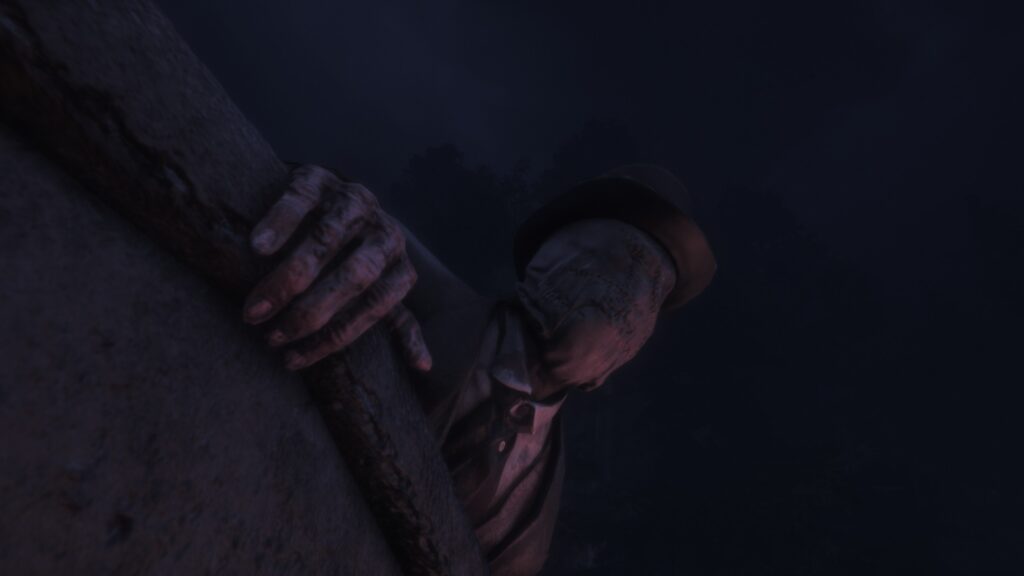
On the gameplay end, however… It can be pretty frustrating. The stealth, not so much, although there are definitely frustrations there (I get it, you’ve got a cough, Thomas, and I also get that it’s there to add a little spice to things, but it felt random and irritating.) I didn’t find the AI omnipotent at times, as others have said, mainly because I took great care not to bump into anything. But mileage apparently varies there.
Meanwhile… The puzzles. Some are obtuse and frustrating, and I can’t help but feel what happened was that I missed a document somewhere. In any case, that and the protagonist being seemingly the only properly mute character in the whole thing is also a tadge annoying (I’m going to note, with some amusement here, that some have said the perfect Welsh singing of Ms. Williams with a seemingly English accent was offputting… Believe me, butt, I can sing flawlessly in Welsh, but my accent is English too. Bloody Radio 4 cursed me.)
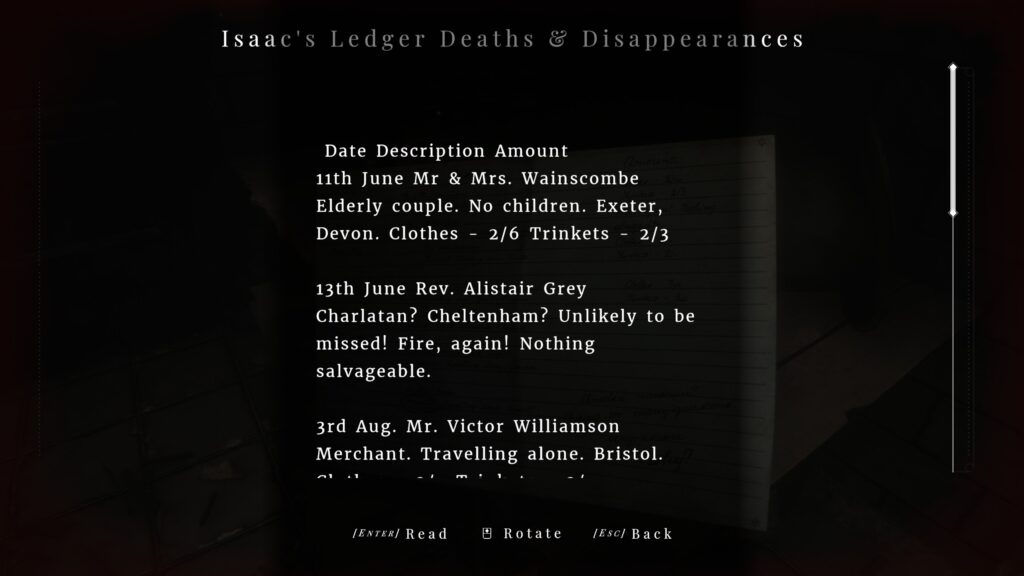
Still, there’s enough it does right that it still errs on the side of recommendation. The introduction of the monsters is well done, the little vignettes you see, such as the gravekeeper seeming to burn someone alive, are good, and you get the picture of what went on very early on. It’s kind of bleak to read, at one point, the tally of these hotel owners/shipwreckers’ victims (Clothes 2/6, Trinkets 1/6), and then, later on, to hear your dear heart talk, seemingly oblivious, about how her father and brother were swearing over the guest vanishing, but no money coming out of them. So, aesthetically, it works, and horror wise, it does more than just jump scare (although it does that too, so the jump scare averse, stay away)
I won’t say I had the best time with it, but I can at least lay that partially down to frustration with the puzzles and the feeling I was missing something (especially maps for certain areas, which bugged the hell out of my completionist reflexes), and partly down to my pickiness with horror coming from years of familiarity. And it does, in the end, have more going for it than against it.
The Mad Welshman loves his home country, and its relationship with myth and the supernatural. It’s a largely untapped resource, to be quite honest. Doctor Davies, Warlock Exorcist, when, folks?


